Looking at how PVD coating is used in the world of jewellery and fashion accessories.
Why use PVD (Physical Vapour Deposition) coatings for watches and jewellery?
First of all, the finish won’t wear off. It increases the life of bracelets, crowns and bezels and adds a unique professional appearance to timepieces and virtually wipes out the issue of reflective glare. As the deposition process is so flexible many industries have begun using this exciting technology.
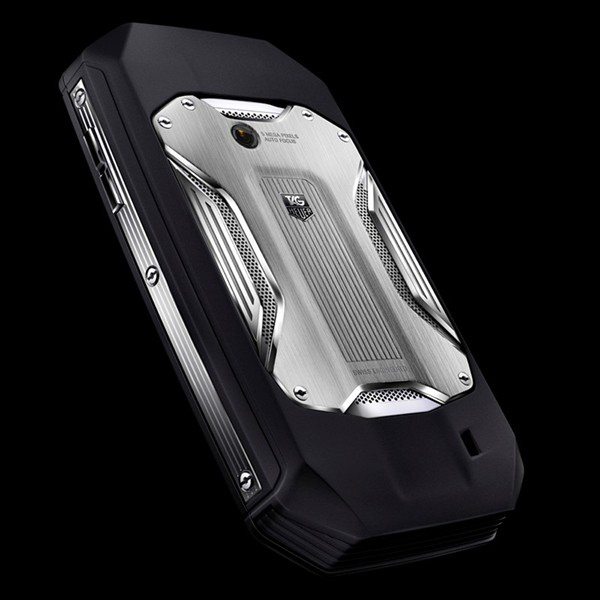
Tag Heuer Racer is a an Android smart phone from Swiss watch-maker Tag Heuer.
How is PVD applied?
PVD is applied in a similar method to electroplating of gold where a current is passed through the part to be coated. While there are many methods for PVD, the vacuum coating process is probably the one used by most watch parts manufacturers.
The parts are sealed in an airtight chamber where a vacuum is created. Negative volts attracts the positive ions and gas is introduced which enables the deposition process to occur. Elements forming the coatings include carbides, nitrides, borides and silicides.
The traditional alternatives to PVD
The makeup of the coatings varies, some depending on what is needed for that application whether it is strength in certain conditions or appearance. For example graphite and titanium coatings are often used to help reduce friction and temperature.
In the early 1980s and 90s PVD coatings hadn’t yet emerged and powder coating and black oxide anodization processes were used to give watch parts a blackened exterior. This involves coating a metal by a protective oxide film by electrolysis. For example, a base black anodized finish with a top powder coating. Powder coating is essentially a baked on paint that is sprayed on to the metal and heat bonded by placing the part in an industrial oven.
Powder coat finishes on watches are generally smooth and hard; however can be thick and eventually chip off over time. This is where the anodizing process comes in; it is used to treat the parts before the powder coat so when the powder coating chips off the bare metal isn’t exposed.
Black oxide is similar to anodizing and has traditionally been used by gunsmiths for over a century to blacken barrels, giving a dark matte black finish. Black oxide is popular because it is simple to apply and relatively cheap. It requires very few chemicals to apply black oxide, however it doesn’t penetrate deep into the metal like PVD, making the latter superior and a better choice for longevity. Many watch parts manufacturers still use black oxide for small parts such as crowns and screws, however anodizing is more popular.
Gems and jewellery
PVD coated stones are also emerging in the jewellery industry.
Currently most stones treated are topaz and clear quartz but the market is changing all the time so experimenting will certainly achieve some new examples.
The coatings make vibrant colours possible. These colours don’t occur in natural stones and you can achieve something striking and different for a reasonable price. The PVD treatment involves applying an extremely thin layer of a certain chemicals to the stone to get the desired effect.
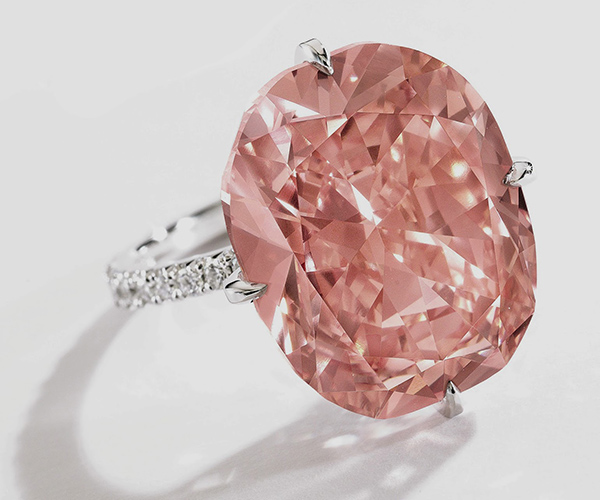
Another popular look is iridescence, this striking quality is achieved by applying an even thinner layer, often titanium. Refractions within the layer produces iridescence which is like what happens when an oil film forms on a wet road.
Top quality manufacturers will make sure the coatings are durable and bond strongly to the gemstone. Also coatings will be chosen which are tough, and which will last as long as the settings, provided they are looked after in a reasonable manner.
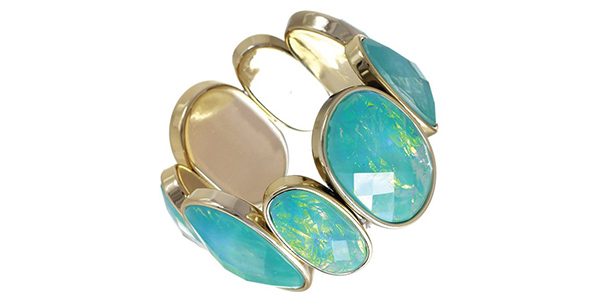
Irridescent Aqua Blue Opalescent Oval Glass Beads Gold-Tone Stretch
There are multiple applications of PVD. The technology is also being used to give mobile phones a beautiful, scratchproof exterior. The new Black PVD Titanium Red Gold and Mixed Metals Vertu Ti Smartphone, retails for £14,200. However this is a an extreme example, where you are paying for the pinnacle of modern technology. Cheaper versions to follow (one was spotted on e-Bay recently going for considerably less)!
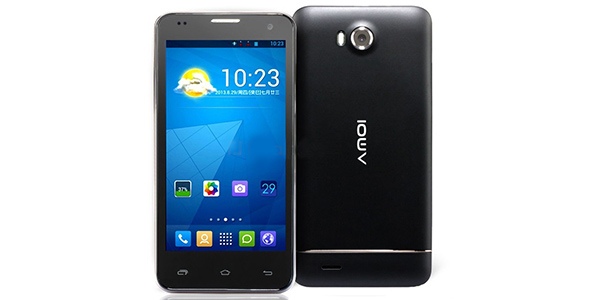
Amoi phone with Double Stone Steel PVD coated components
PVD coatings can also be used for computers and cameras.
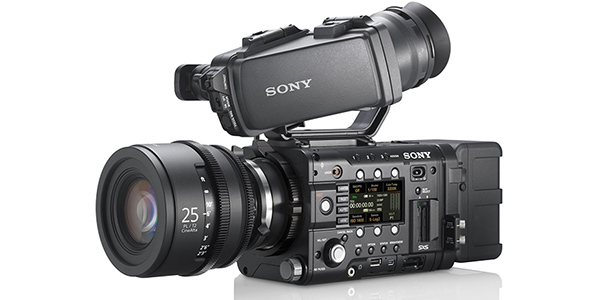
So, next time you admire some beautiful gold jewellery or irridescent gems – do not assume it is all natural – you may be looking at PVD coatings.